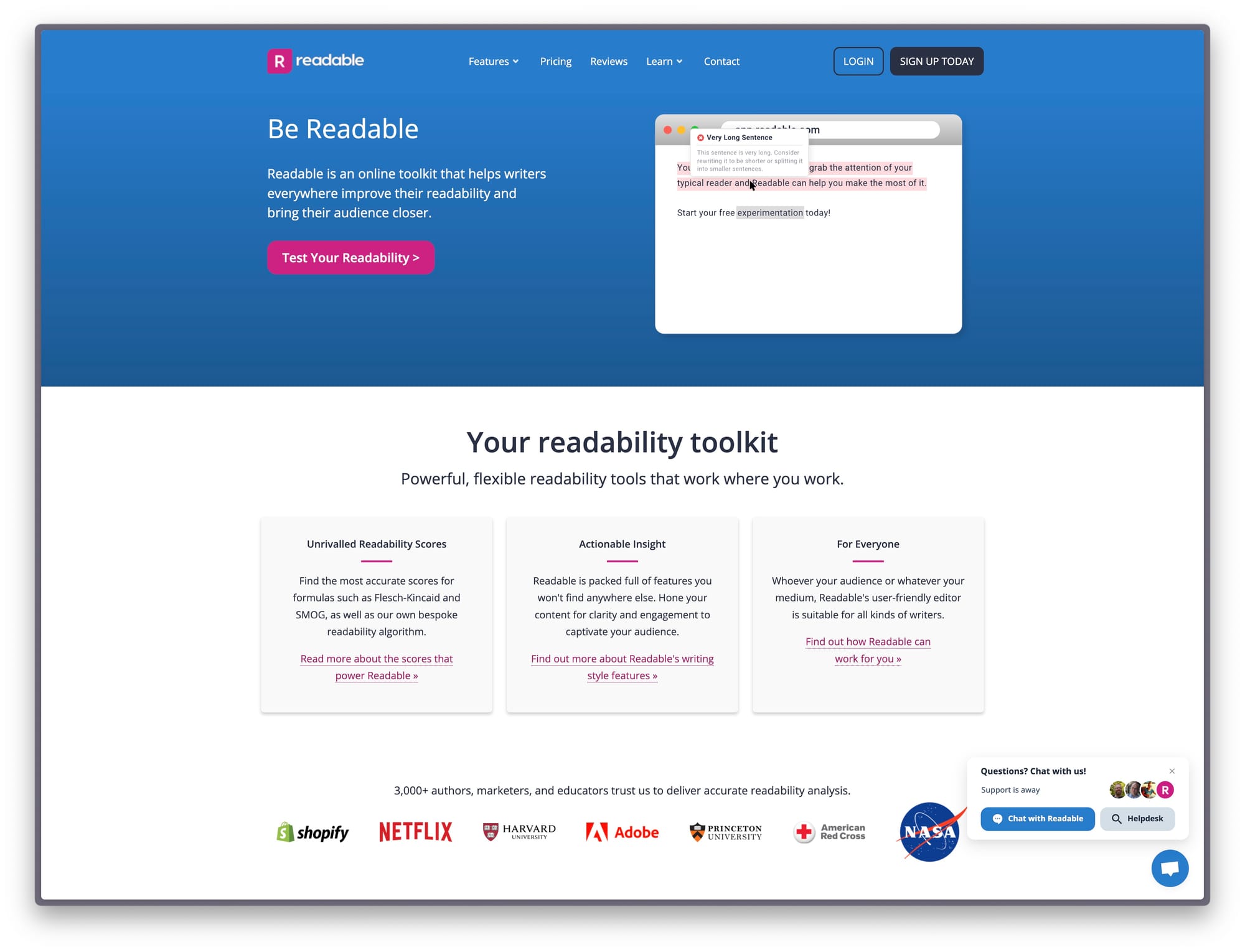Job-related showing off
How content and product design work together, ways to tighten a sentence, plain English writing tips, and a handy readability tool.
Hello there
Please accept and enjoy this latest edition of Plain English Weekly, sent to you and 600+ other folk with much affection by me, Iain Broome.
Before Christmas, lots of you completed a one-question survey that asked what kind of content you might like to see beyond the newsletter. The idea of a bookmarks directory proved popular and I am writing this sentence to tell you that work on such a thing has begun. And it will be ace.
Now, this week's links.
Iain
Word to the words - a content and product design love story
Figma is the design tool of choice for most teams these days.
As a content designer, I find myself in Figma regularly and some content folk will use it every single day. Which is why it is rather odd that Figma's upcoming Config conference apparently features no talks by a content designer. Surely an oversight! A mistake! A wrong that must be righted in 2025!
The good news is that you can go back and watch this excellent talk from last year by Candi Williams, Director of Content Design at Bumble.
How to tighten a sentence: 3 easy ways to improve readability
I'm sure you know the three ways listed here (they're easy!), but I always like it when things are explained with an example. And the thing I like about examples, is that you can always have a play and come up with your own way of making a sentence clearer.
Plain English writing, structure and design tips
A succinct but certainly handy page from the National Adult Literacy Agency. This bit is worth a mention:
If you must use a technical word because there is no plain alternative to it, define the term the first time you use it.
I've spent the last year and a bit becoming the UK's foremost* content designer who knows things about local planning. There is much technical language in this area and a whole load of content that could be clearer.
But there is a difference between technical language and jargon. The latter is usually business-speak, waffle or some basic job-related showing off. On the other hand, technical words and phrases are often meaningful and clear to a specific group of people.
So in my case, if the content includes technical planning language and the audience is people who happen to be planners, I'm on good ground. As long as I provide that definition on first mention, my content should be clear.
* This might actually be true at this point!

Did you know about this? Feel like maybe I used Readable at some point in the past and then forgot about it entirely. It's got some cool features, but the main news is that it can take your writing and score its 'readability' to help you make it much clearer.
"Long, complicated sentences take longer to read and longer to make sense of. They exhaust the eyeballs and overwhelm the brain."
Kim Scaravelli
New reader?
Join a growing community of almost 650 plain language champs and start getting advice and resources that help you write clearer, more accessible content.